How to Identify a Common Gallinule
Updated: Jan. 04, 2024
Learn what a common gallinule looks like and where to find this water bird. Plus, find out what name the species used to be called.
Species Name Change
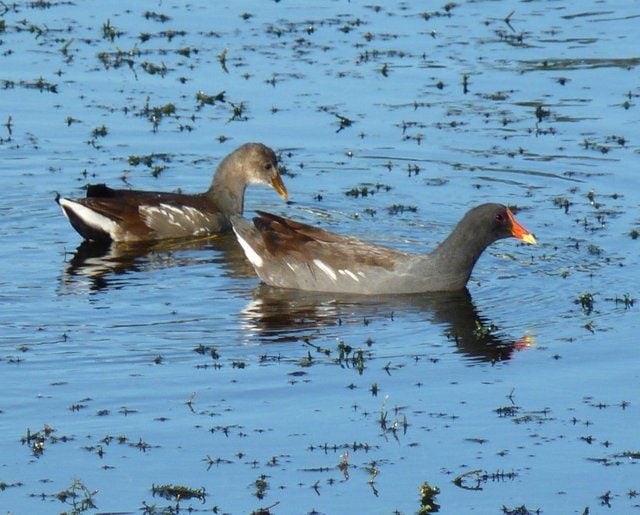
Chances are good that if you’ve seen and identified this bird before, you knew it as the common moorhen (Gallinula cholorpus). In July 2011, though, the American Ornithologists’ Union voted to split the American population of the bird into its own separate species, the common gallinule (Gallinula galeata).
You might be wondering, who gets to decide what to call a bird, and how do they make that decision? Well, according to its website, the American Ornithologists’ Union is “one of the oldest organizations in the world dedicated to the scientific study of birds.” As such, it commands a great deal of respect from ornithologists worldwide. The research it sponsors and produces greatly increases our understanding of the bird world.
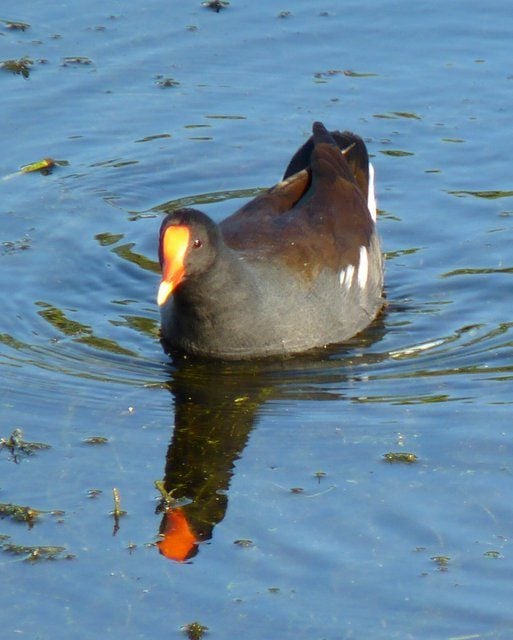
In a nutshell, if these folks say the American gallinules are a different species than those found in other parts of the world, then there’s an awfully good chance they are. Online guides like Cornell Lab of Ornithology’s AllAboutBirds.org and printed field guides have changed their ID pages accordingly.
More than 70 bird names are changing — here’s why.
Common Gallinule Identification
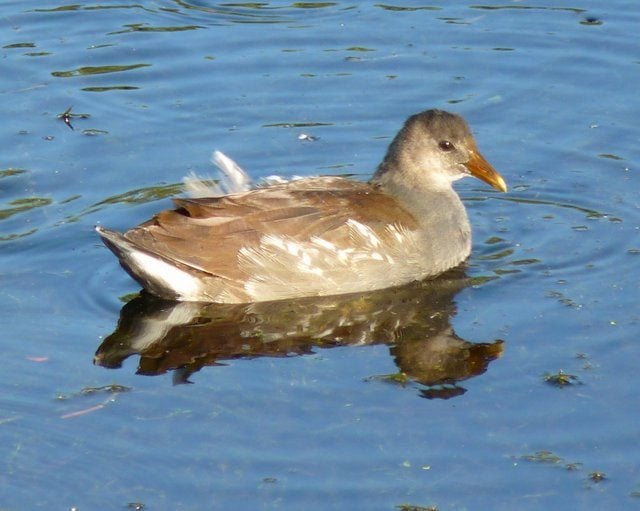
The red face patch and bill tipped with yellow make adults easily identifiable.
Juveniles are a drab brown until their first mating season in the spring when they take on the adult coloration.
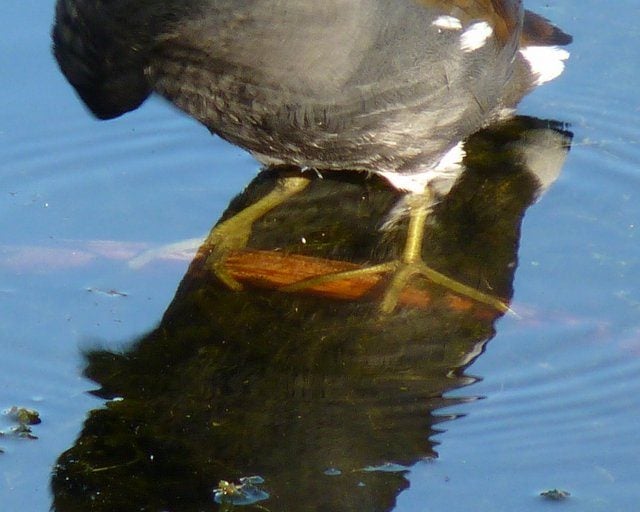
It’s a small bird, compared to companion ducks and other water birds. It has very large feet, with extremely long toes. Despite the lack of webbing, it’s an excellent swimmer.
Note: Make sure you don’t confuse the common gallinule with its arguably more gorgeous relative, the purple gallinule (Porphyrio martinica).
Diet
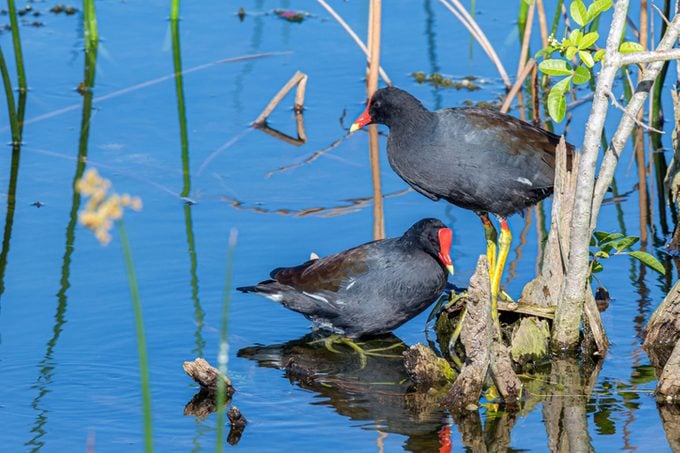
The common gallinule eats mostly vegetation, but supplements its diet with small snails it finds among the floating leaves.
Range
The common gallinule and its relative, the common moorhen, are the most commonly seen members of the rail family (Rallidae) around much of the world. Here in the U.S., it’s prevalent year-round in the coastal southern states, including Florida. It spreads throughout the eastern half of the country in the summer breeding season.
Common Gallinule Sound
Bird songs courtesy of the Cornell Lab of Ornithology.




















